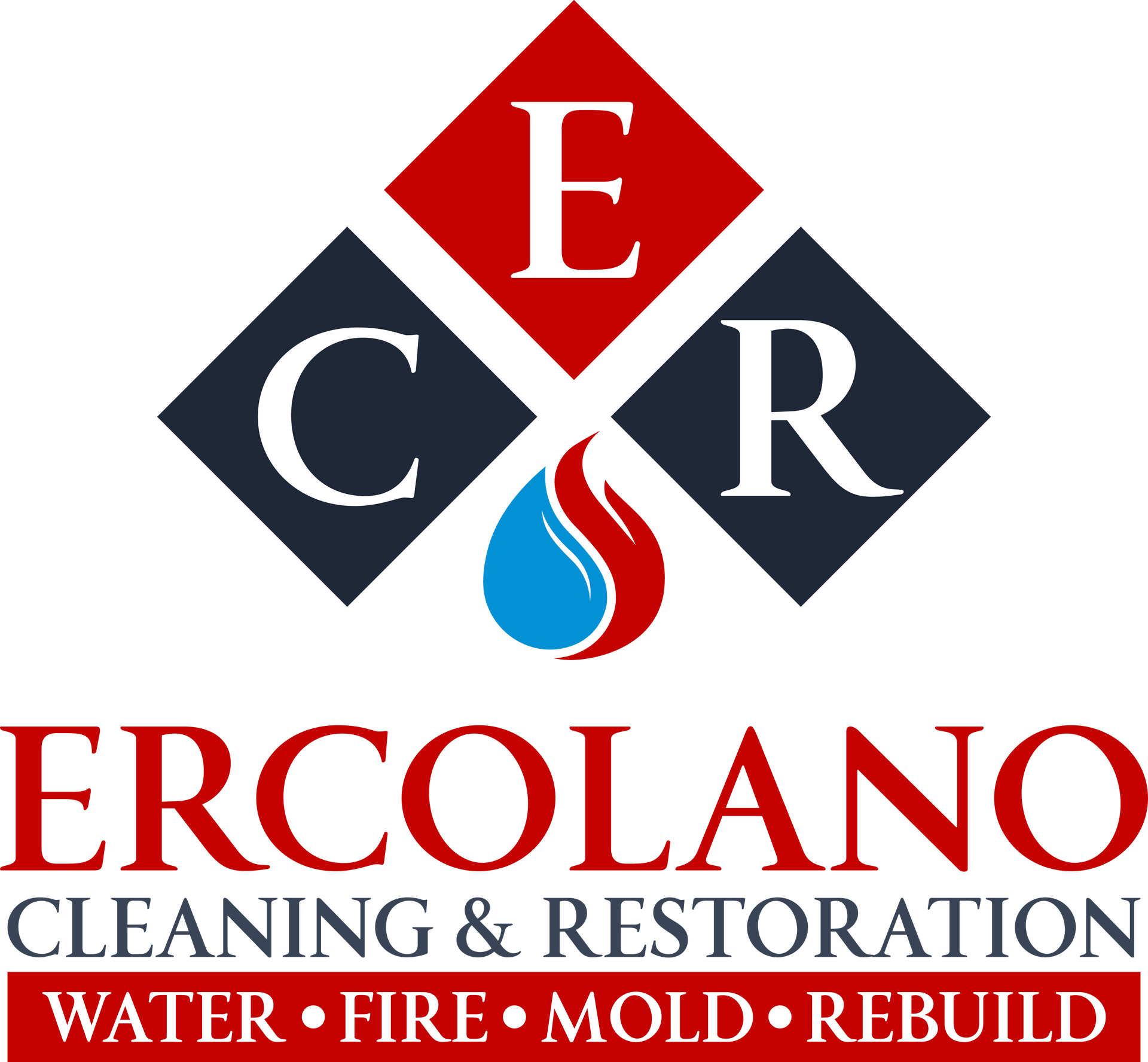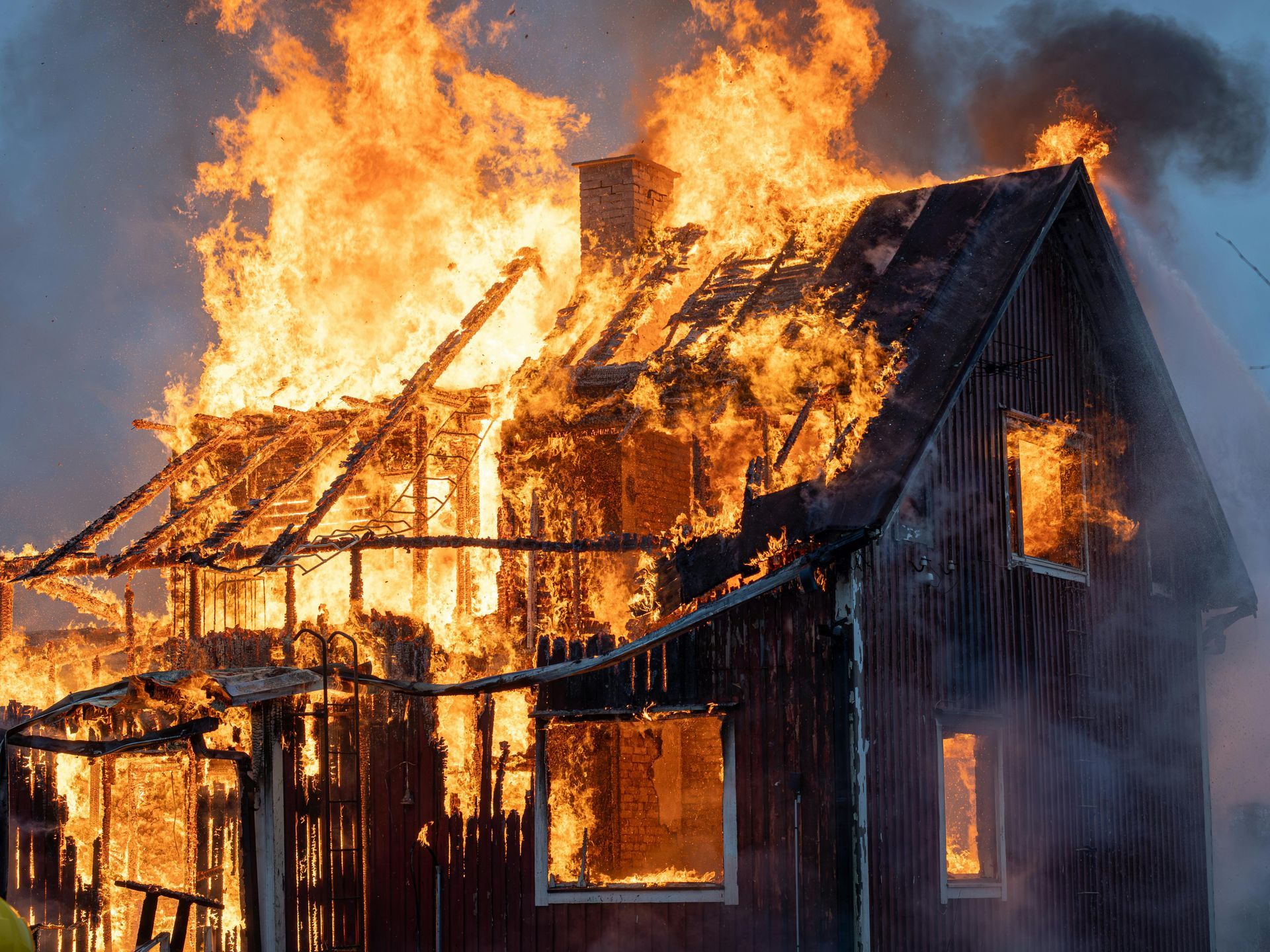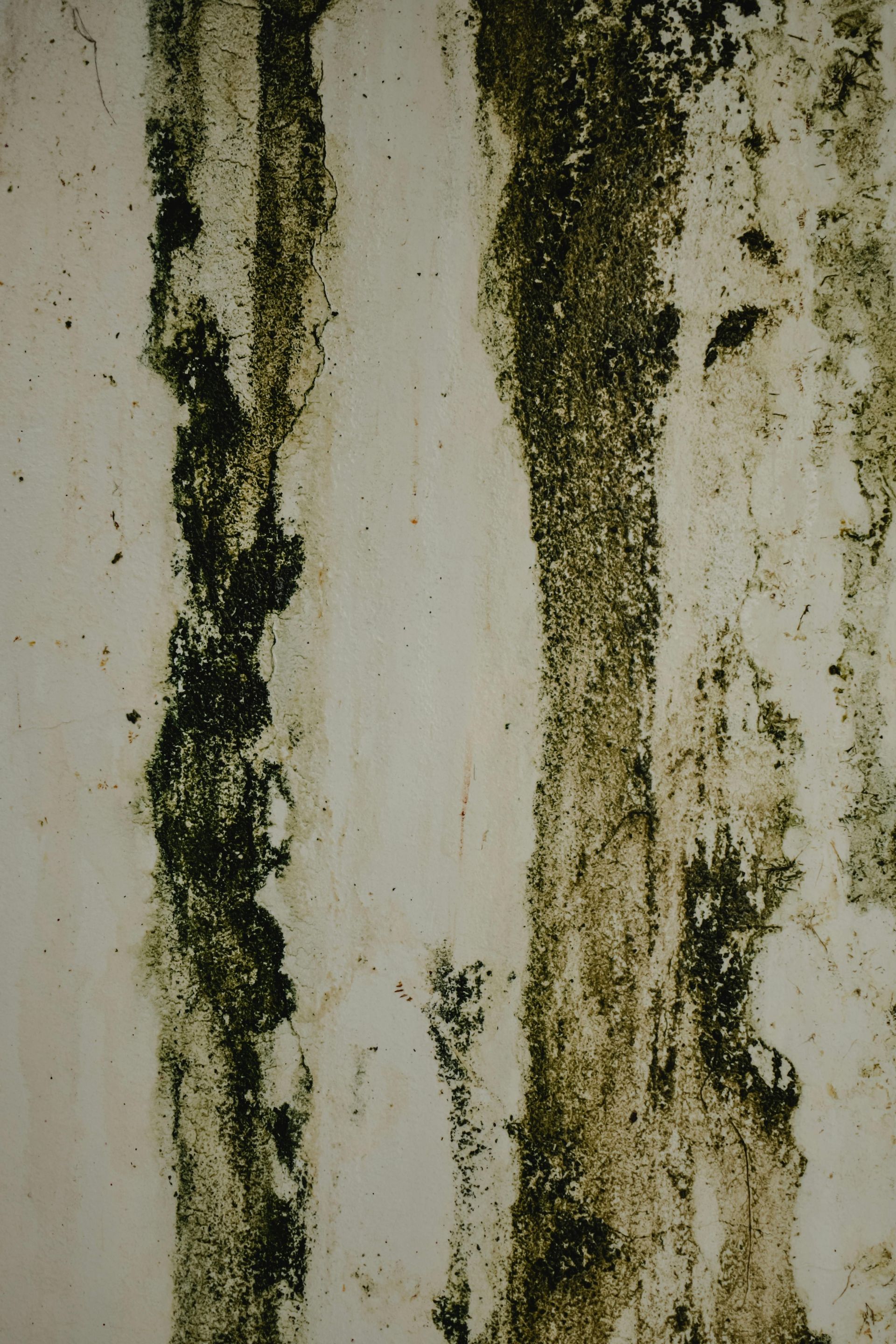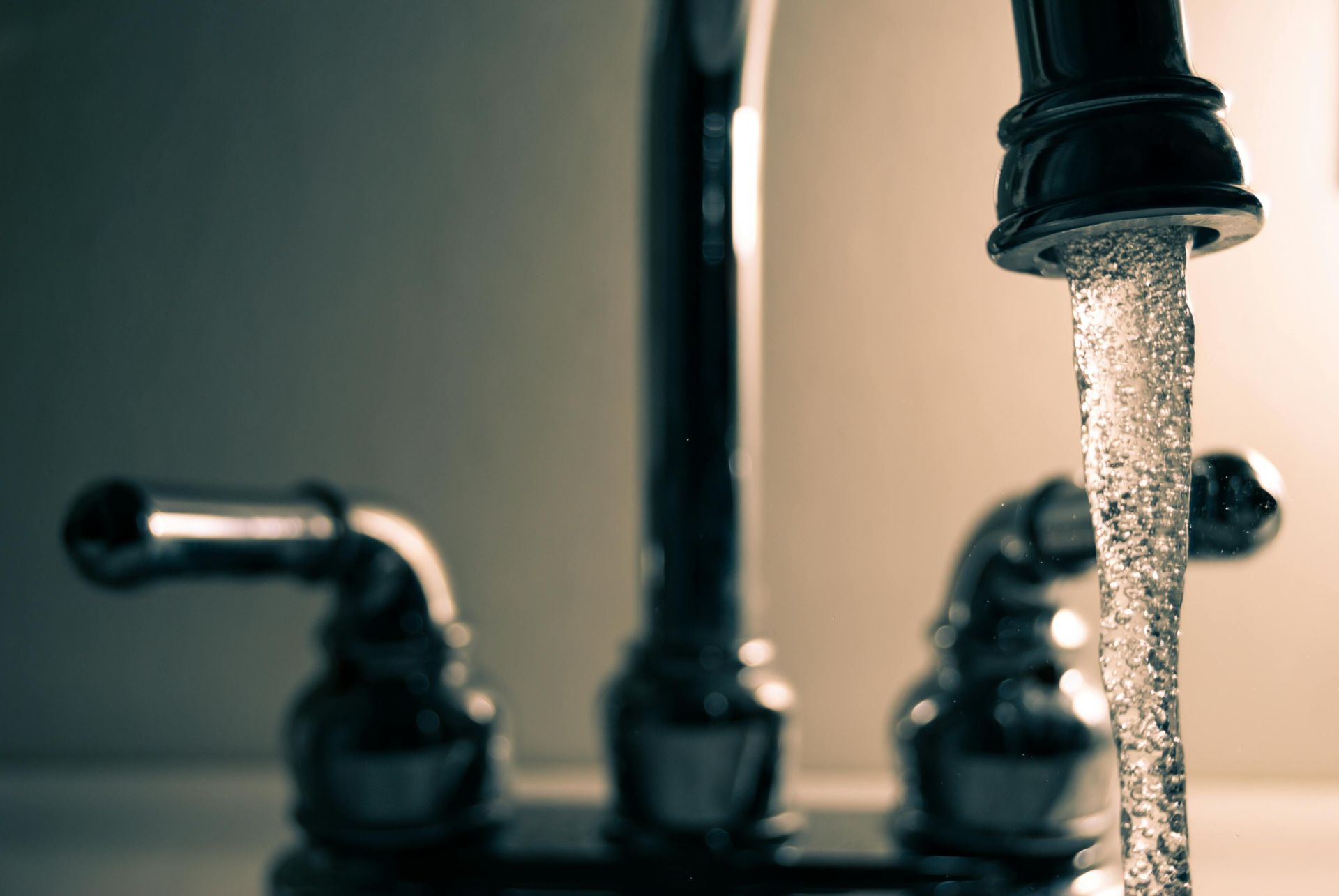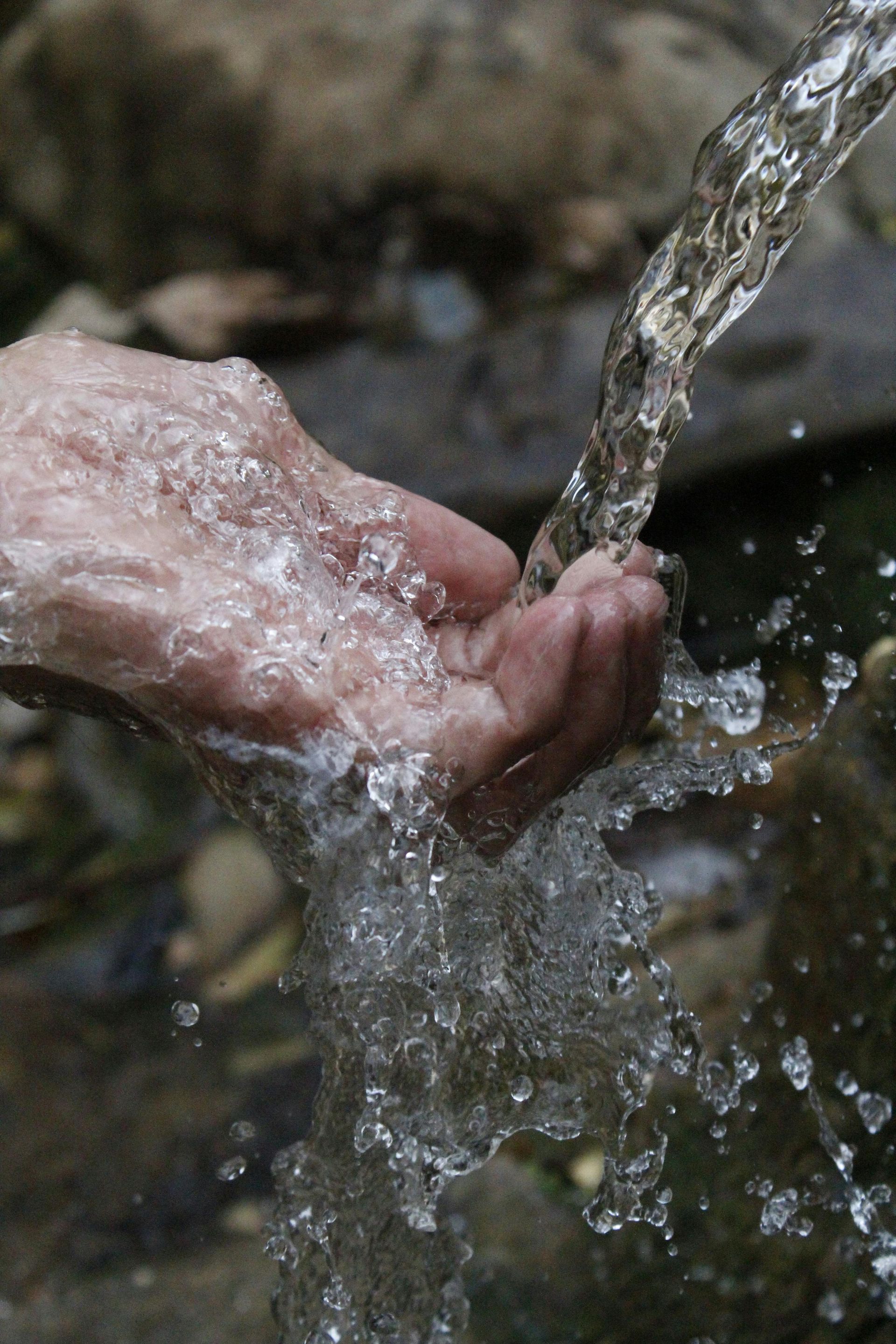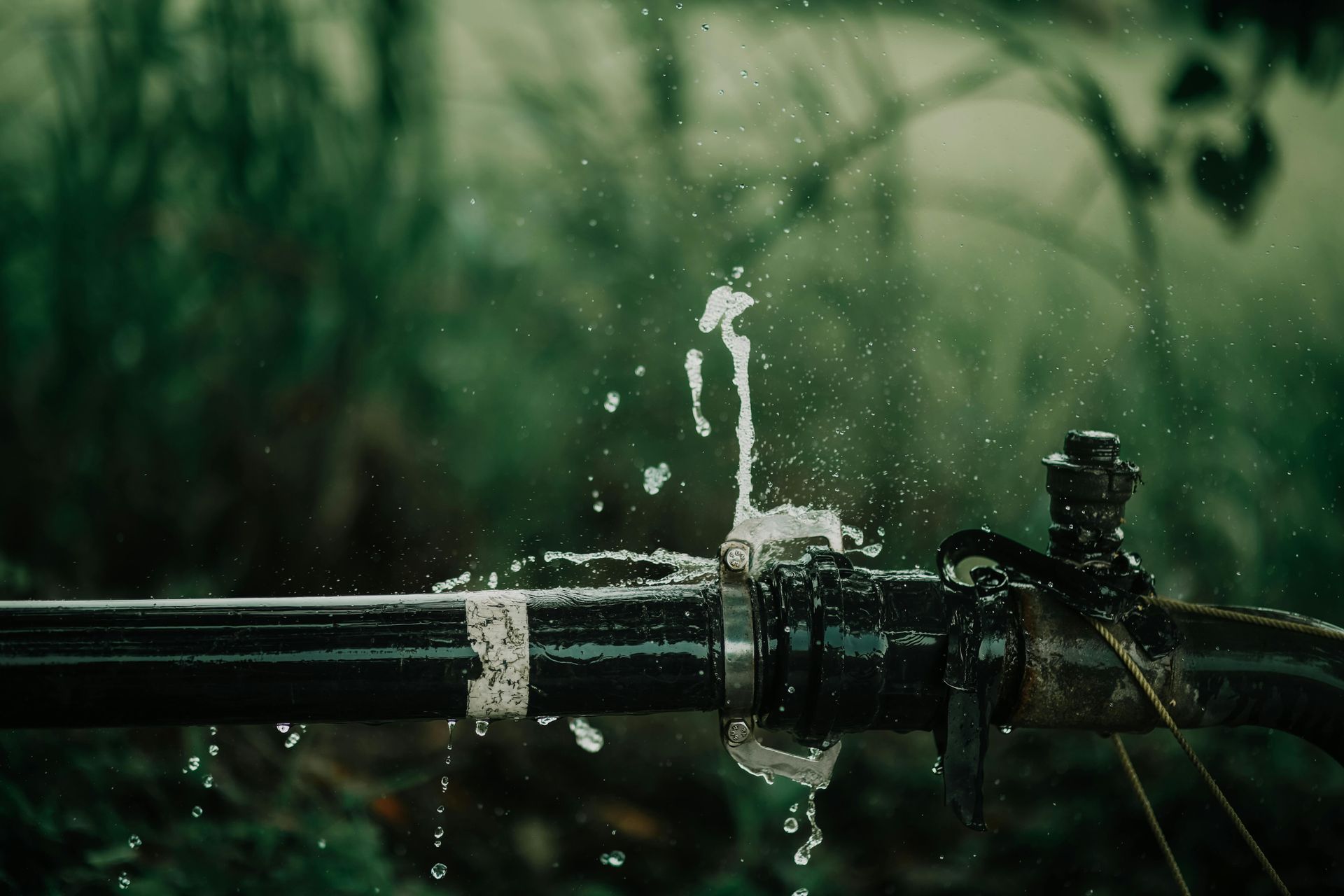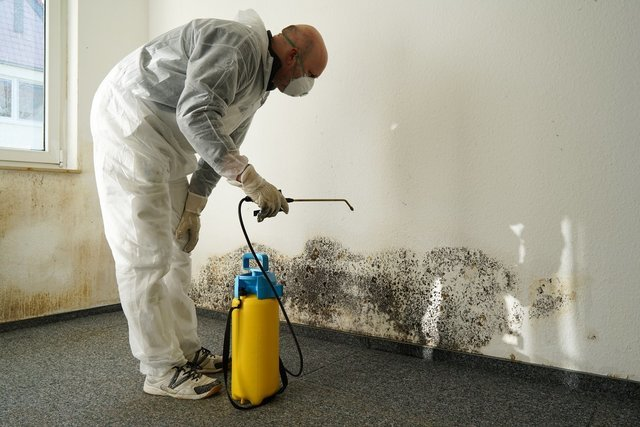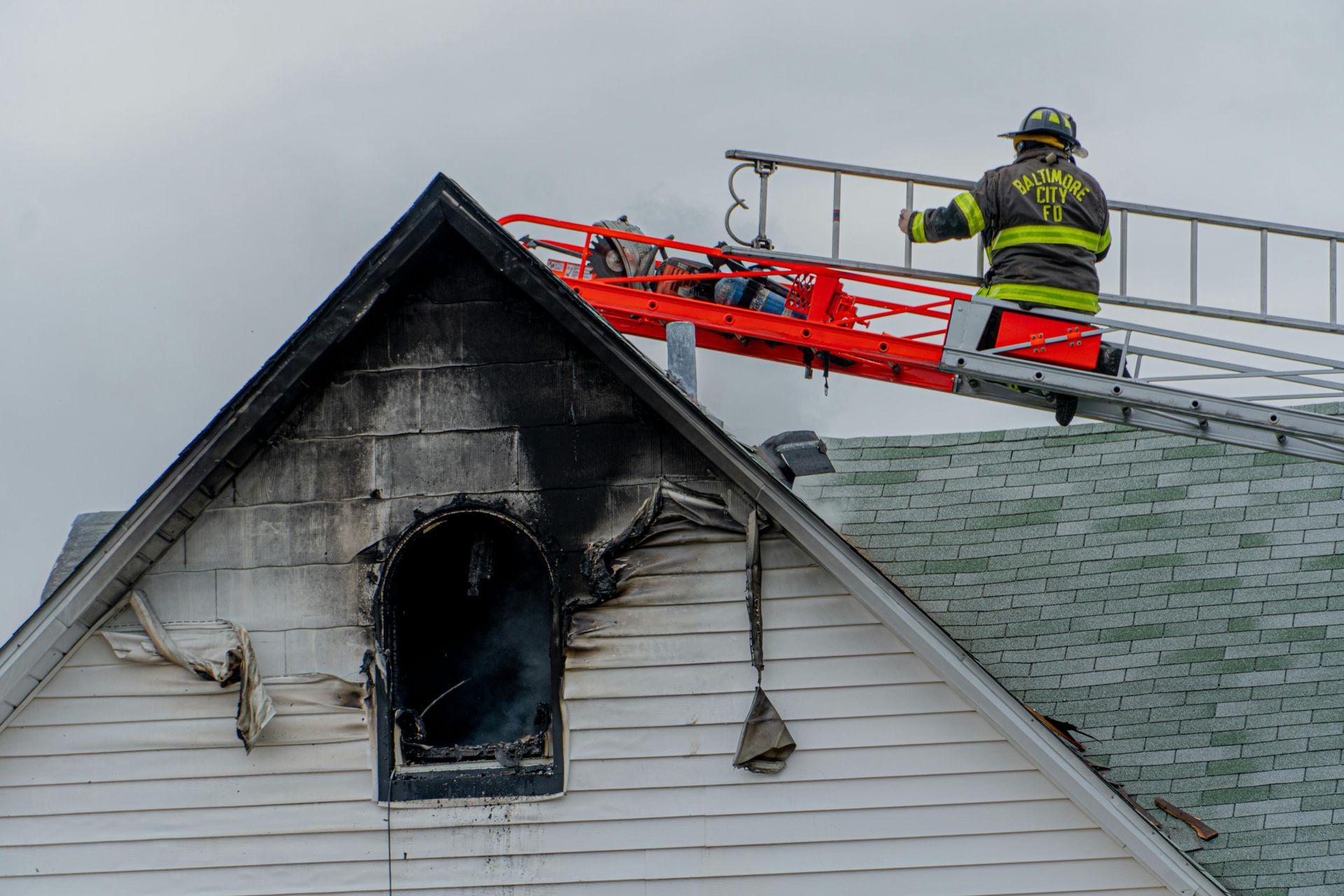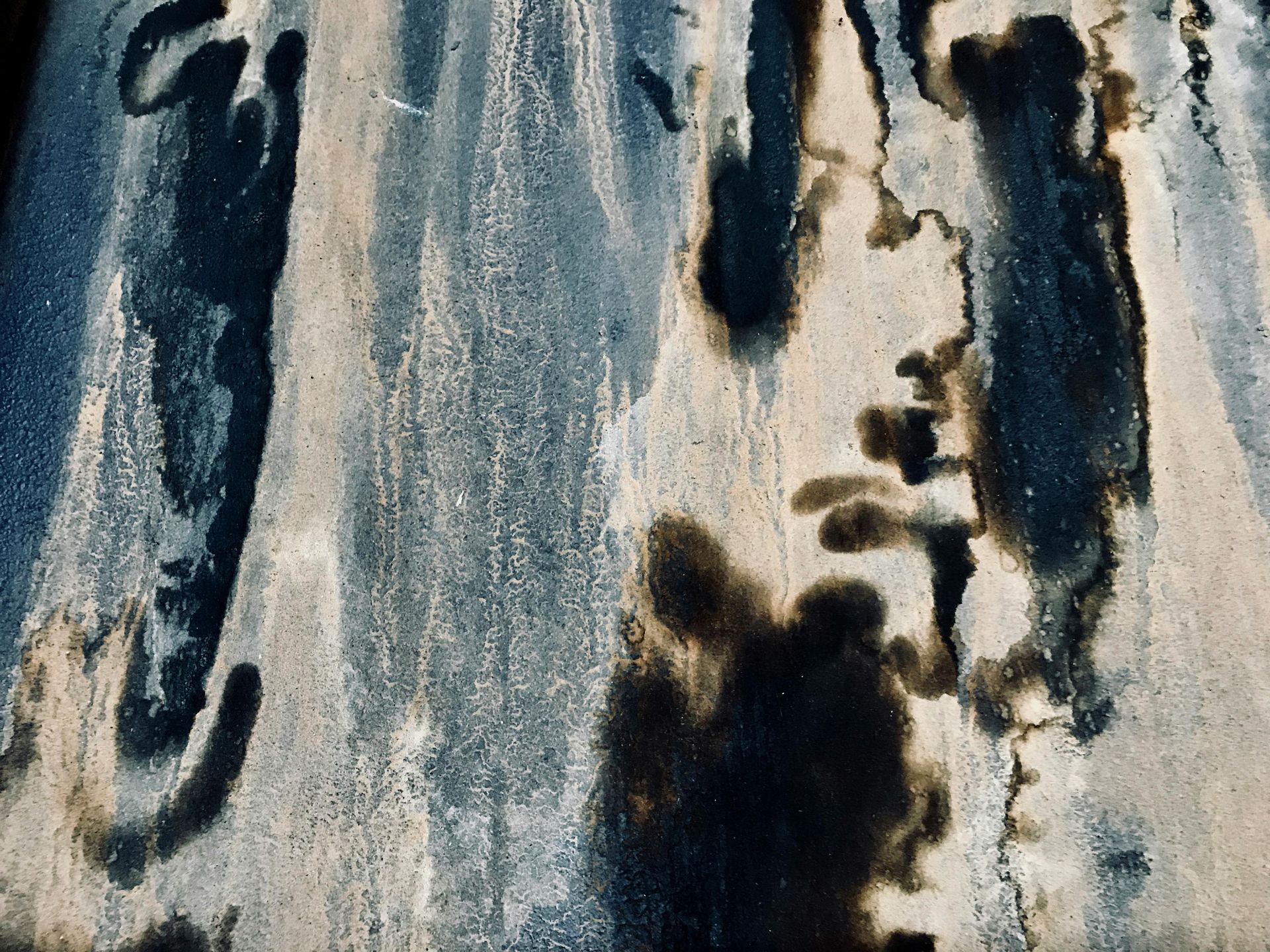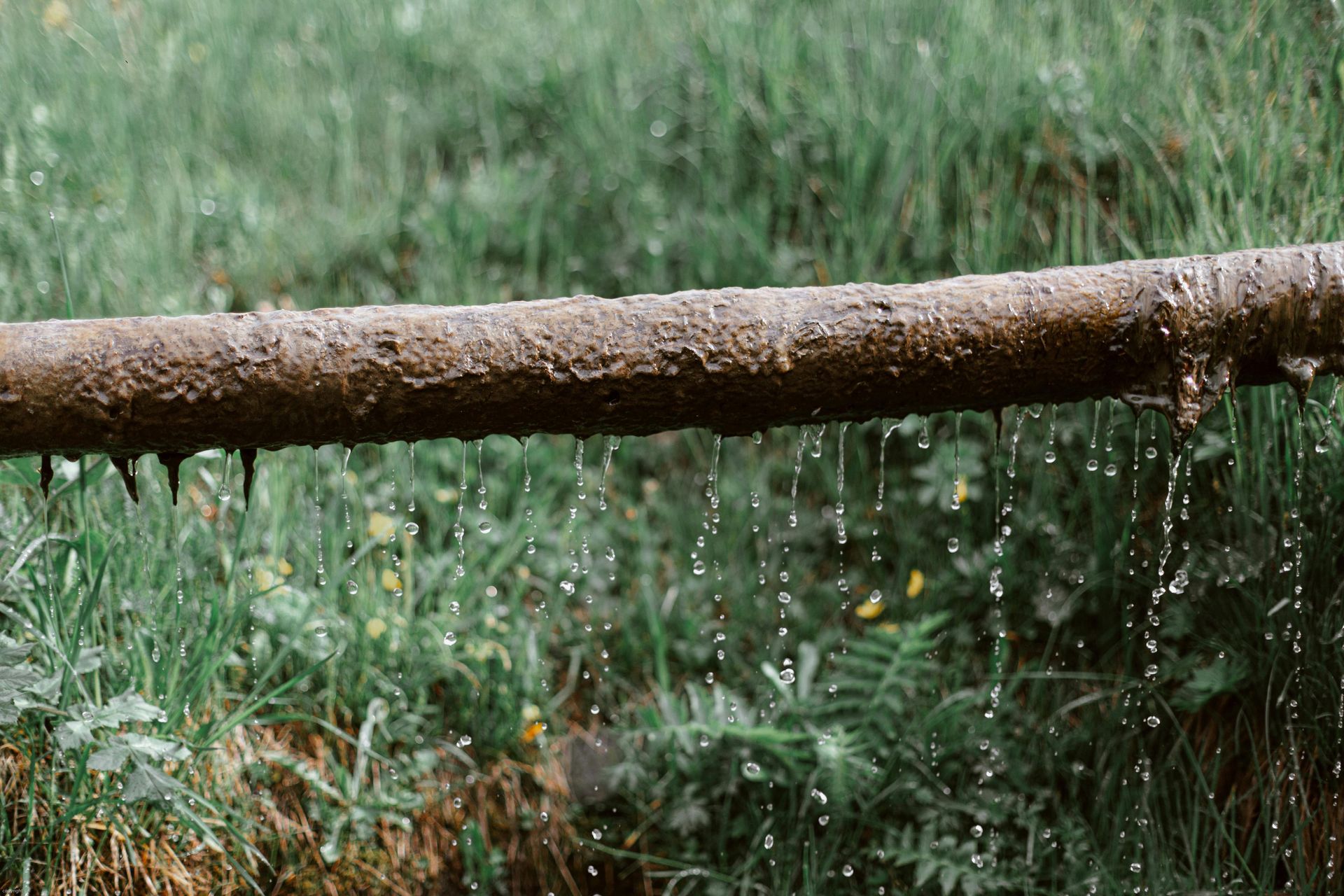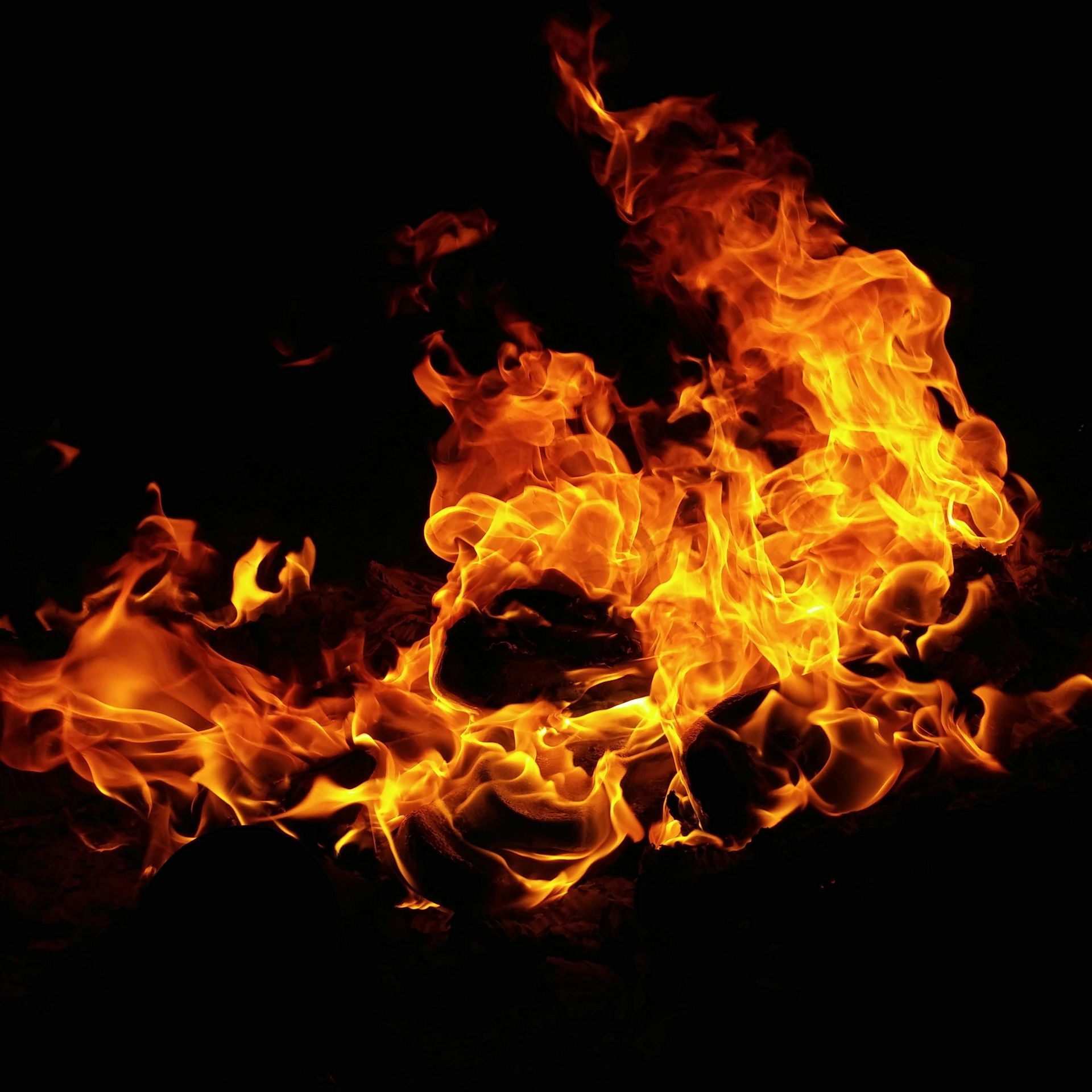Protecting Your Home from Fire Damage
Protecting Your Home from Fire Damage
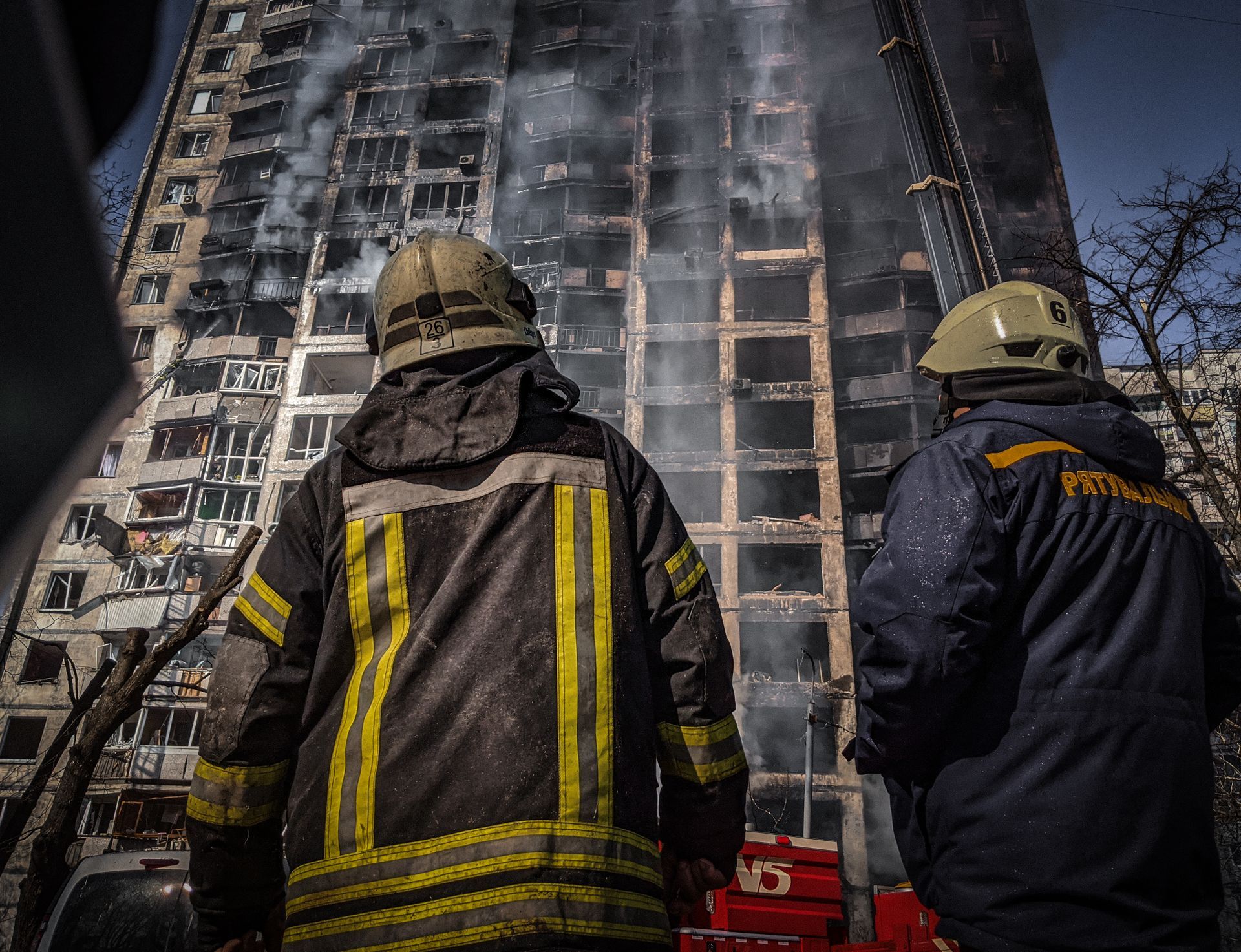
House fires are a widespread and devastating issue in the U.S., with 353,500 incidents reported in 2021. The implications of home fire damage are far-reaching, posing significant risks to life and property causing severe financial strain. This article aims to address the crucial topic of home fire damage protection, outlining steps homeowners can take to safeguard their properties. We'll discuss precautionary measures, effective response strategies during a fire, and the importance of insurance in mitigating financial loss. Let's delve into these key aspects to arm you with the knowledge necessary to protect your home and loved ones.
Understanding the Risk Factors
Residential fires often originate from seemingly harmless day-to-day activities. Unattended cooking is the primary contributor, accounting for nearly half of home fires. A momentary distraction can lead to catastrophic smoke damage and potential loss of life and property.
Heating equipment, especially during the chilly winter months, is another common culprit. Improper use or failure to service heating devices can result in dangerous fires. Similarly, electrical faults due to aging wiring, overloaded circuits, or defective appliances are significant risk factors.
Certain seasons exacerbate these risks. Winter, for instance, witnesses a spike in residential fires due to increased usage of heating devices and holiday decorations. Summer, too, is a high-risk period as drought conditions can make homes more susceptible to fires.
Understanding these common causes and their associated risks is the first step to proactive home fire damage protection. Stay vigilant, practice safety, and remember – prevention is always better than cure.
Understanding the Common Causes of Home Fires
Residential fires are commonly caused by several factors. As we mentioned, unattended cooking is the leading cause, responsible for almost 49% of home fires, according to the Office of State Marshal in North Carolina. Turning your back for just a minute to answer a phone call or check on your kids can have disastrous consequences. Next in line is heating equipment. From portable heaters to central heating systems, these contribute to 14% of home fires. It's essential to ensure regular maintenance and careful usage to prevent any incidents. Electrical faults are another significant cause, leading to 10% of fires. Always check your wiring and avoid overloading circuits to stay safe. As we move into the holiday season, be mindful of your festive decorations and candles, which can also be potential fire hazards if not managed properly. Understanding these common causes is crucial in taking proactive steps to protect your home.
Cooking-related Fires
Cooking-related incidents are a leading cause of home fires, often due to unattended cooking, mishandling of hot oil, or malfunctioning appliances. Consider the case of a busy mother in Ohio who stepped out briefly to check her mail, only to return to a kitchen engulfed in flames because of a forgotten boiling pot. Or the unfortunate incident in California, where a family's holiday dinner turned tragic due to a deep fryer malfunction. Both examples underscore how quick lapses in judgment can lead to severe consequences, emphasizing the crucial need for home fire damage protection. It only takes a moment for a fire to ignite, but the repercussions can be lifelong.
Electrical Fires
Electrical fires are an insidious threat to homes across America. Often, as a result of faulty wiring, overloaded circuits, or misuse of electrical appliances, these fires can occur without warning. For instance, an aging electrical system may struggle under a load of modern appliances, leading to overheating and, ultimately, a fire. Similarly, using too many appliances on the same circuit or using appliances with frayed cords can trigger electrical fires. You can guard against these fires through vigilance. Look for signs of potential issues, like flickering lights, frequent circuit breaker trips, or outlets that are warm to the touch. If you notice these warning signs, call a professional immediately. Remember, when it comes to electrical safety, a proactive approach can save lives and property.
Heating Equipment Fires
Heating equipment fires, often born out of neglect or improper maintenance, are a significant risk to residential safety. Consider a fireplace with an unclean chimney, causing creosote buildup. This can ignite a fire that quickly spreads, becoming potentially catastrophic. Similarly, a furnace lacking regular maintenance can overheat and cause a fire. So, what can you do?
First and foremost, schedule regular maintenance for your heating equipment. A professional can identify and fix potential issues before they become hazardous. Make sure to clean your fireplace and chimney regularly. If you use space heaters, never leave them unattended, and maintain a safe distance from flammable objects. Remember, a small spark is all it takes to start a fire, but a little proactive care can prevent a disaster. Stay warm, stay safe, and take care of your heating equipment.
Fire Prevention Tips
Next, we're going to delve into fire prevention tips that every homeowner should have under their belt. This section is going to be a game-changer for your household safety game. We'll talk about smoke alarms, safe candle use, and the proper way to handle flammable liquids.
Regular Inspection and Maintenance
Regular inspection and maintenance form the backbone of home fire safety. All fire-prone areas, such as kitchens, garages, and rooms with heating equipment, should be regularly checked for potential hazards. Likewise, appliances that are commonly linked to fire incidents - such as stoves, heating systems, and electrical setups - must be thoroughly inspected and maintained. Faulty wiring, gas leaks, or dysfunctional appliances are often silent precursors to a disastrous fire. Early detection and remediation of these issues can significantly reduce the risk of fire damage.
Proper Storage of Flammable Materials
Inappropriate storage of flammable materials often acts as a catalyst for residential fires. From gasoline and cleaning supplies to aerosol cans and certain types of furniture, many household items are highly flammable and can easily ignite under the right conditions. Storing these materials near heat sources or in enclosed spaces with poor ventilation can trigger a fire, turning a seemingly innocuous situation into a dangerous one in a matter of seconds.
Fire-Resistant Building Materials
Utilizing fire-resistant building materials can significantly cut down the risk of home fires. These materials are specially designed to resist ignition, burn slowly when ignited, and prevent the spread of fire. For instance, fire-retardant-treated wood, when used in building construction, can prevent the rapid spread of flames. Fire-resistant drywall is another excellent choice for interior walls and ceilings, as it's designed to slow the progression of fire. Fire-resistant glass windows can help contain fires and keep them from spreading to other rooms or even adjacent properties. Non-combustible insulation materials like mineral wool can slow the spread of a fire inside a building's structure. In the roofing area, metal roofs are an excellent option due to their high resistance to fire.
Smoke Detectors and Fire Alarms
Smoke detectors and fire alarms are vital components of home fire safety. A properly installed and maintained smoke alarm can significantly increase your chances of surviving a deadly home fire. This device can sense smoke, indicate a fire, and provide early warning for occupants to escape. Placement is key when it comes to these lifesaving devices. Smoke alarms should be installed in every bedroom, outside each separate sleeping area, and on every level of your home, including the basement. For optimal protection, interconnected smoke alarms are best; when one sounds, they all sound. Regular maintenance is equally critical, as dust, grime, or expired sensors can hamper a smoke alarm's effectiveness. Test alarms monthly, replace batteries annually, and replace the entire smoke alarm unit every 10 years.
Fire Extinguishers
An accessible fire extinguisher can be the difference between a minor fire incident and a full-blown catastrophe. Strategically placing fire extinguishers in key areas within the home - such as the kitchen, garage, and near bedrooms - provides crucial first-line defense against small, contained fires. It is essential to remember that fire extinguishers are not designed to combat large or spreading fires, and attempting to do so can be extremely dangerous.
The basic process of using a fire extinguisher can be remembered with the acronym PASS:
- Pull the pin. This will break the seal and allow you to discharge the extinguisher.
- Aim low at the base of the fire. Do not aim for the flames, but rather at their base to cut off its source.
- Squeeze the lever slowly and evenly. This will release the extinguishing agent in a controlled manner.
- Sweep from side to side. Move carefully towards
Fire Safety Plan
Having a well-thought-out fire escape plan is a crucial aspect of fire protection. In the event of a fire, every second counts, and having a plan can save lives. Start by sketching out a map of your home, identifying all possible exits. Ensure every family member knows at least two ways out of every room. Regularly practice your plan, making it an engaging activity for the whole household. Review and update your plan periodically, taking into account changes like furniture rearrangements or new household members. Remember, your commitment to planning today could be a lifesaver tomorrow!
The Aftermath: Recovering from a Home Fire
The aftermath of a home fire can be overwhelming, but it's crucial to act promptly for your safety and recovery. Firstly, notify your insurance company about the incident and initiate the claim process. If your home is unlivable, arrange for temporary accommodation for your family – your insurance may cover this expense.
As you think about cleaning and restoring your home, remember that fireproofing your home during this phase can prevent future disasters. Be cautious while entering your fire-damaged home; structurally compromised areas can be hazardous. Use your fire safety equipment for home, like masks and gloves, to protect yourself during cleanup. Start by discarding any food exposed to heat, smoke, or firefighting chemicals.
Next, begin the restoration process with smoke-stained walls and surfaces. Trisodium phosphate can remove soot effectively, but remember to test a small area first. For items salvageable, washable fabrics can be laundered, but dry-clean-only textiles should go to professionals.
Professional restoration services specialize in fire damage and can address problems like lingering smoke odor and structural damage more effectively. Don't hesitate to seek help if the situation demands it. With these measures, you're not just restoring; you're equipping your home to withstand future fires.
Ensuring a Fireproof Future with Ercolano Cleaning & Restoration
At Ercolano Cleaning & Restoration, we understand the overwhelming nature of fire incidents. Our professional restoration services can help you navigate this challenging journey, ensuring your home is not just restored to its former glory but also equipped to withstand future fires. Incorporating these measures into your home safety plan can greatly reduce the risk of fires and, in the unfortunate event of one, can ensure the safety of all household members. Remember, your safety is paramount to us. To learn more about making your home fireproof, contact us today. Your commitment to fire safety today could indeed be a lifesaver tomorrow.
